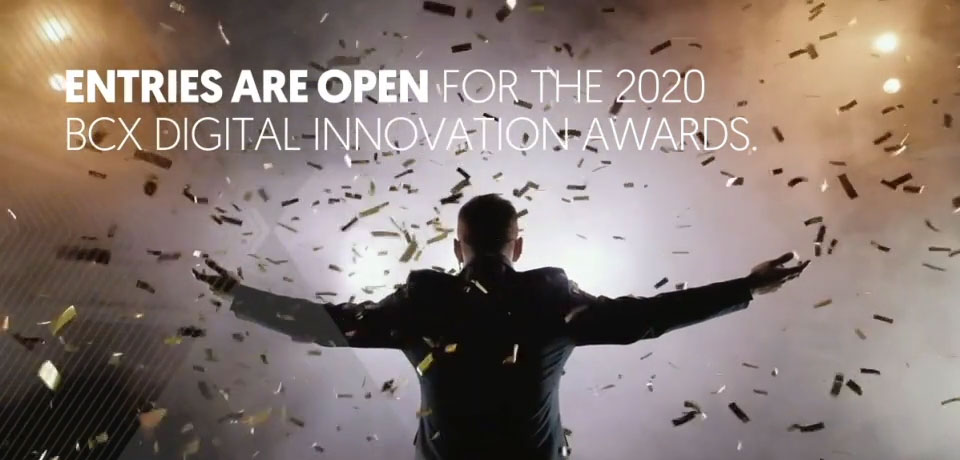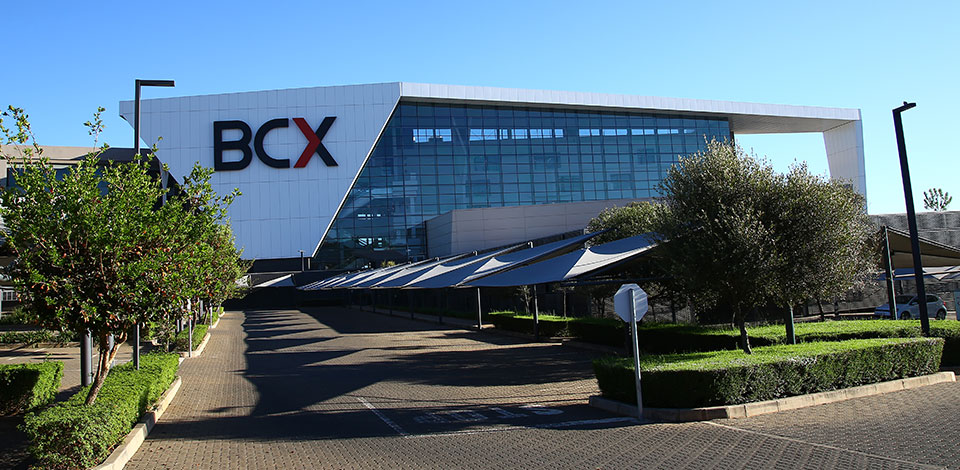
Digital Workspace Experience
Enhancing end-user experience and business model alignment.
“Without change, there is no innovation, creativity, or incentive for improvement. Those who initiate change will have a better opportunity to manage the change that is inevitable” – William Pollard
The rapidly changing workplace environment has resulted in organisations needing to manage, track and support a diverse range of company and privately owned IP connected devices while trying to reduce the complexity and cost of managing connected devices.
As the flow of information between a variety of devices becomes more converged, organisations are seeking more effective and efficient ways to proactively manage ICT assets, provide real-time reporting, and enhanced user experience, while also improving the cost versus benefit ratio.
Research
Some additional research has identified several challenges that contribute to complexity, increased TCO, and reduced ROI in managing ICT assets:
- End-user workplace management is in rapid transition to support more flexible working styles, end-user services, and a proliferation of devices.
- The array of tools needed for various aspects of ICT asset management, most of which are siloed or point solutions for a specific activity.
- Support services continue to move away from the on-site service delivery model.
- Adhering to industry-standard security guidelines and compliance frameworks.
- Managing time-consuming and complex ICT asset management lifecycles.
- Simplifying the rigid support structure to meet the SLA requirements.
- Tackling technology stagnation.
- Realtime reporting on performance against SLA agreements.
- Alignment of ICT asset refresh cycles with outsourcing agreements.
- Managing complexity and high overheads of multiple vendors and their respective niche or point solutions.
- BYOD and mobile devices.
- Hardware/Software contracts and license management.
In a recent survey conducted by IDC (IDC COVID-19 Market Impact Survey, South Africa (N =50, 20 March –6 April-2020) over 80% of participants ranked “Digital employee experience: digital workspaces, collaboration) as a top priority. This calls for a “shift” in the way such services are rendered, measured, and priced.
Digital Workspace Environment (DWE)
The introduction of a better “customer needs” aligned service, will require a complete redesign of how digital workspace services are rendered and priced, and will require the introduction of new technologies to automate people and process intensive tasks that will result in higher value for customers.
While there are many areas or elements that need to be repurposed, some of the new capabilities, features, and business models include (but not limited to):
Proactive remote monitoring:
Moving the reactive operational model towards a proactive model, through continuous remote proactive monitoring of ICT assets, to identify and resolve issues before end-users contact the help desk. It also facilitates the introduction of “automatic healing”.
Current situation: Traditional EUC solutions operate a reactive model, where resources are engaged and/or dispatched based on a “past” event such as a call to the IT help desk. Some operational models include the presence of on-site resources.
SLA automation:
The automation of the service level agreement (SLA) is fundamental to provide real-time dashboards and SLA compliance visualisation and reporting. The ability to automatically track real-time compliance with an SLA facilitates the possibility of a new “utility-based” commercial model.
Current situation: Most traditional EUC solutions rely on historical information and requires intensive manual intervention to accurately report on SLA compliance – on a monthly at best.
New commercial model:
Through continuous proactive ICT asset monitoring and real-time SLA compliance, there is the ability to present new business model options. For example, SLA compliance-based pricing, which ties back to the need to assist customers with aligning investments made to benefits received.
Current situation: Pricing or commercial models are typically based on a per device/per employee per month cost model, making it difficult to show value. The other challenge is that the monthly fee is due to the service provider irrespective of service being used or not.
In Conclusion
Organisations have identified the digital employee environment as a top priority to enable effective and efficient interactions and collaboration with customers, suppliers, business partners, and colleagues.
While many of the current traditional solutions have served us well previously, there is a compelling need to design solutions that are “digital employee-centric” which will require a disruptive shift in the way digital workspace services are rendered, measured, and priced.










